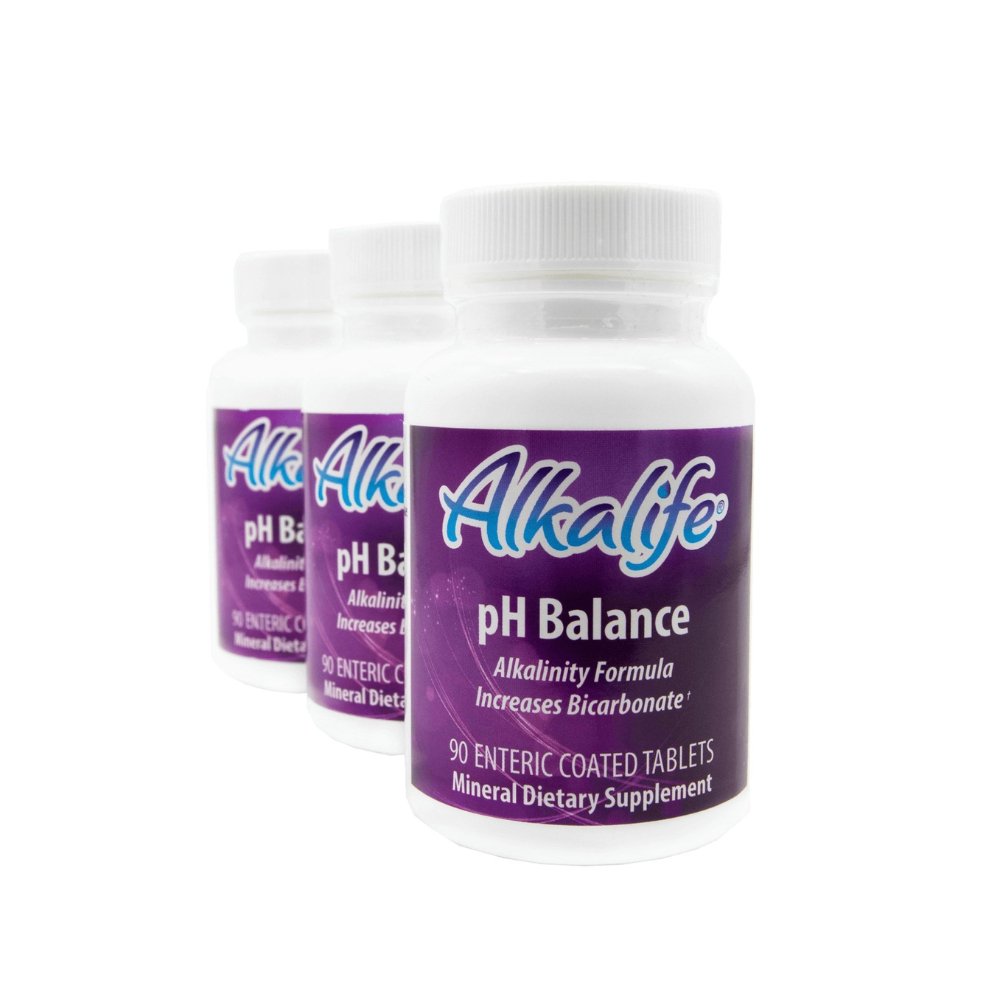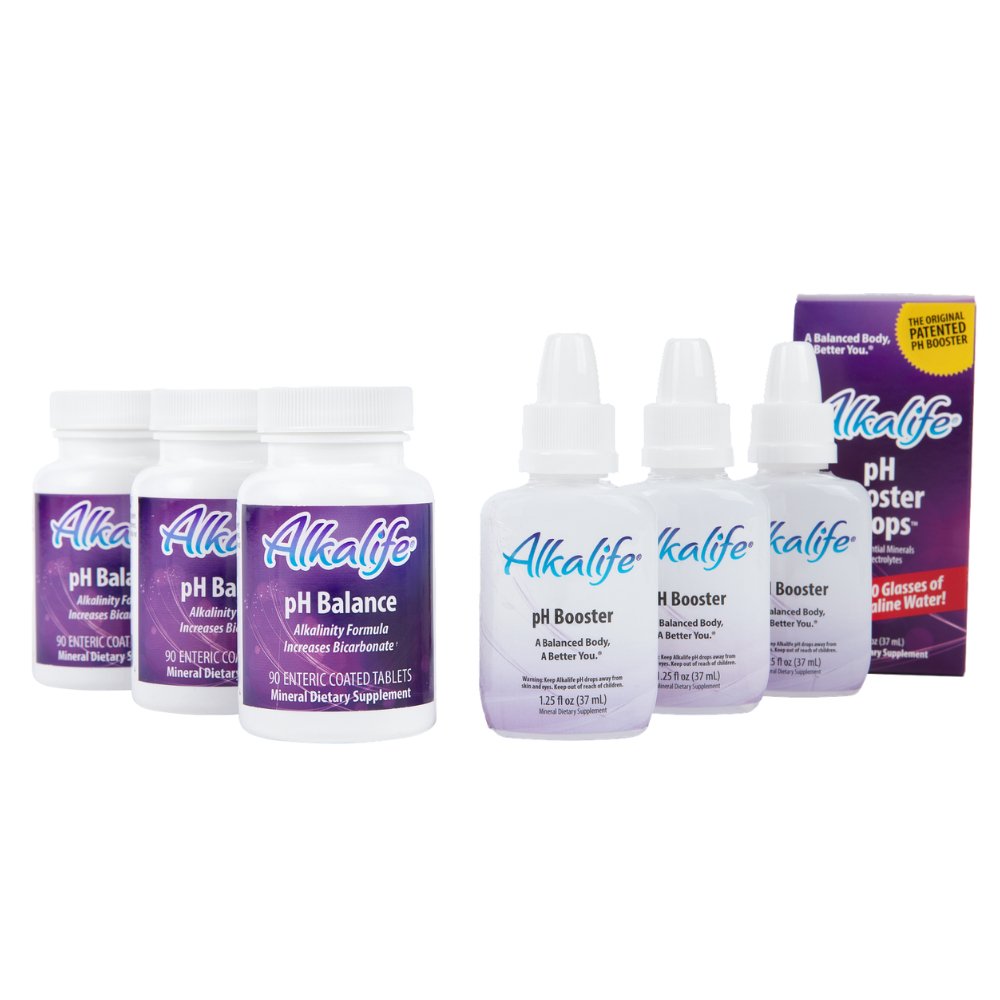Free US Shipping $49+ | 60 Day Money Back Guarantee
Free US Shipping $49+ | 60 Day Money Back Guarantee
WHAT IS ALKALINE WATER AND WHY IS IT GOOD FOR YOU?
December 10, 2019 3 min read
What is Alkaline Water?
Alkaline water, described as water with a value on the pH scale higher than 7 (7 is neutral), has increased in popularity in recent years due to rising awareness about its potential health benefits. Advocates of alkaline water tout its ability to help the body deal with chronic metabolic acidosis, a root cause of many adult degenerative bodily conditions. Acidosis is a result of a number of factors including poor diet, stress and environmental conditions.
How is Alkaline Water Made?
There are several different ways to make water alkaline, but not all of them are simple, convenient or necessarily good for you. But there are other popular methods for making alkaline water as well, which we will explore briefly here.
Minerals may be used to increase the pH level of water. An alkaline pH booster such as Alkalife pH Booster Drops can be very convenient and might make the most sense for your wallet.* Critical alkaline minerals, such as potassium and sodium, are often missing in municipal water sources. These can be added to create alkaline water with electrolytes. The minerals are typically stable and hold their pH for months and even years, depending on the mineral form and method of production.
Waters above a pH of 7 can be found naturally. Natural alkaline waters typically come from cold springs or glaciers. Today, grocery stores offer an assortment of brands of alkaline water in a bottle, some coming from a spring and others coming from a tap and filtered, or ‘purified’. Bottled alkaline water sourced from a municipal source (the ‘tap’) are typically put through an ionization process to raise the pH.
Many people use water ionizers to raise the pH of their tap water at home. Electrolysis (often called ionization) can be used to increase pH by separating the mineral content of water and isolating the alkaline minerals from the acidic minerals. The source water must have mineral content, so distilled or reverse osmosis filtered waters cannot be ionized unless mineral is added prior to the electrolysis process. The stability of ionized water is difficult to maintain, so it is more beneficial to drink soon after it is processed.
Some people make their own alkaline water by adding baking soda or sodium bicarbonate to water, which reacts in the stomach and causes a salt to form in the blood. Athletes, in particular swimmers, do this to gain a competitive edge against lactic acid cramping. This may be one of the cheapest ways to make alkaline water, but the end result is unhealthy and thus it is not recommended.
Health Benefits of Alkaline Water
Most chronic degenerative diseases, such as gout, arthritis, kidney stones, and type 2 diabetes are related to elevated uric acid levels. Elevated phosphoric acid can cause bone loss. Acid reflux can increase the risk of esophageal cancer.
Many proponents of drinking alkaline water believe that it neutralizes acidic waste, allowing the acid to be passed in urine rather than stored internally.
A Few Things to Consider
Drinking large amounts of alkaline water during the digestive process, may cause the dilution of needed hydrochloric acid and hinder the proper breakdown of foods. Most people will not drink alkaline water during a meal.
Some people may be sensitive to specific minerals, due to medical conditions. You should be aware of the mineral content of the water you are drinking.
Some municipal sources for tap water have high amounts of calcium buffer and inorganic minerals. Ionization can concentrate these minerals and increase the risk of calcification of arteries, kidney stones, and gall stones.
Baking Soda (sodium bicarbonate) will raise the pH of water. However, in the stomach it can result in salt produced in the small intestine, ending up in the blood. Using baking soda to raise the pH of drinking water is not recommended.
Also in News

Hydration and Mental Clarity: Does pH-Balanced Water Affect Focus
December 01, 2025 6 min read
Read More
From Sleep to Sweat: How Your Daily Hydration Impacts Overall Wellness
November 11, 2025 5 min read
Read More





